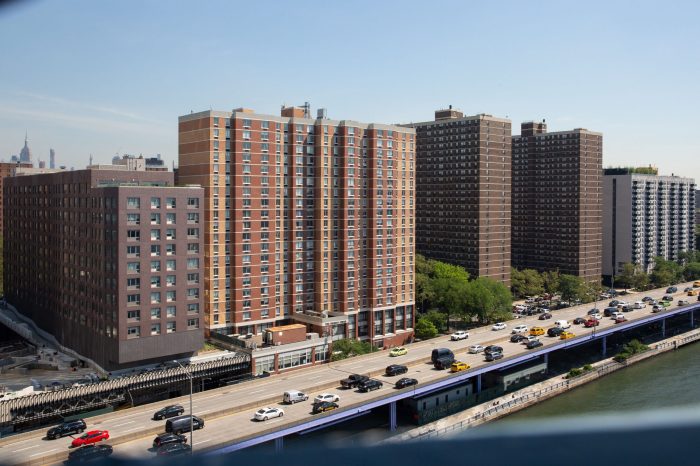The New York City Metro area now leads the nation in jobs and funding in life sciences, overcoming longstanding industry powerhouses like San Francisco and Boston. New York City also has the highest level of life sciences educational attainment, with nearly 2.5 million residents holding degrees in science, engineering, and engineering-related fields.
But experts say one key factor is holding back New York from fully realizing its potential as a major player in this fast-growing sector and maximizing its significant investments to date: A lack of available life sciences space.
In order for life sciences companies to remain and grow in New York, experts say they need space specifically engineered to accommodate life sciences companies at every stage – from start-up, to so-called “graduation space” all the way through to large-scale manufacturing, successful clinical trials and FDA approval.
New York City is densely developed, so undeveloped space sufficient to accommodate ground-up construction is rare.
The life sciences market in New York City encompasses only 4.9 million square feet of existing space across three boroughs – Brooklyn, Manhattan, and Queens, according to a report by the Colliers real estate firm. By contrast, the report found Boston and the San Francisco Bay Area provide much more available space for life sciences growth, each with more than 30 million square feet of space.
If New York wants to maintain its leadership position in the life sciences space, it must act quickly. While the city may lack open space for new construction, it does have more than 120 million square feet of available office space that has been vacant since the first quarter of 2021. There has been much discussion about converting older, empty office buildings into housing. While the conversion to housing would certainly be a beneficial option for re-use, the possibility of repurposing these buildings for new life sciences space should not be overlooked.
One example of how old offices can be converted to benefit the burgeoning life sciences industry is 43-10 23rd St. in Long Island City. The seven-story building constructed for industrial purposes in 1924 and later used as office space is being transformed by Suffolk Construction into a 218-000-square-foot high-tech facility with Class A lab space, chemical storage, and pH neutralization rooms. It will have flexible floor plans with minimal support columns so companies can have the option to customize and room to grow.
This project, expected to come online in the first quarter of 2023, demonstrates the kind of investment required to maximize the incentives state and city governments are making to bolster the life sciences sector.
Last June, the New York City Economic Development Corp. (NYCEDC) unveiled a plan to double the city’s $500 million life sciences investment to $1 billion over the next decade. Mayor Eric Adams has since reaffirmed his commitment to the industry as part of his Blueprint for Economic Recovery, and the state has done its part by offering tax credits to qualified companies.
These investments have staying power, as the life sciences sector has been booming since the outset of the COVID-19 crisis, which increased demand for R&D, biotech, pharmaceutical and laboratory space. And the industry shows no signs of slowing. During the first quarter of this year, just over 29 million square feet of lab space was under construction nationwide – a record high 55 percent year-over-year increase from 2021, according to CBRE Group Inc.
The time, money, and effort poured into life sciences is clearly paying off for New York, but we must play the long game and have a sustained commitment to expanding this sector to help ensure a bright economic future for New York for future generations.
Cliff Goldsmith is Vice President, Operations at Suffolk Construction.


































